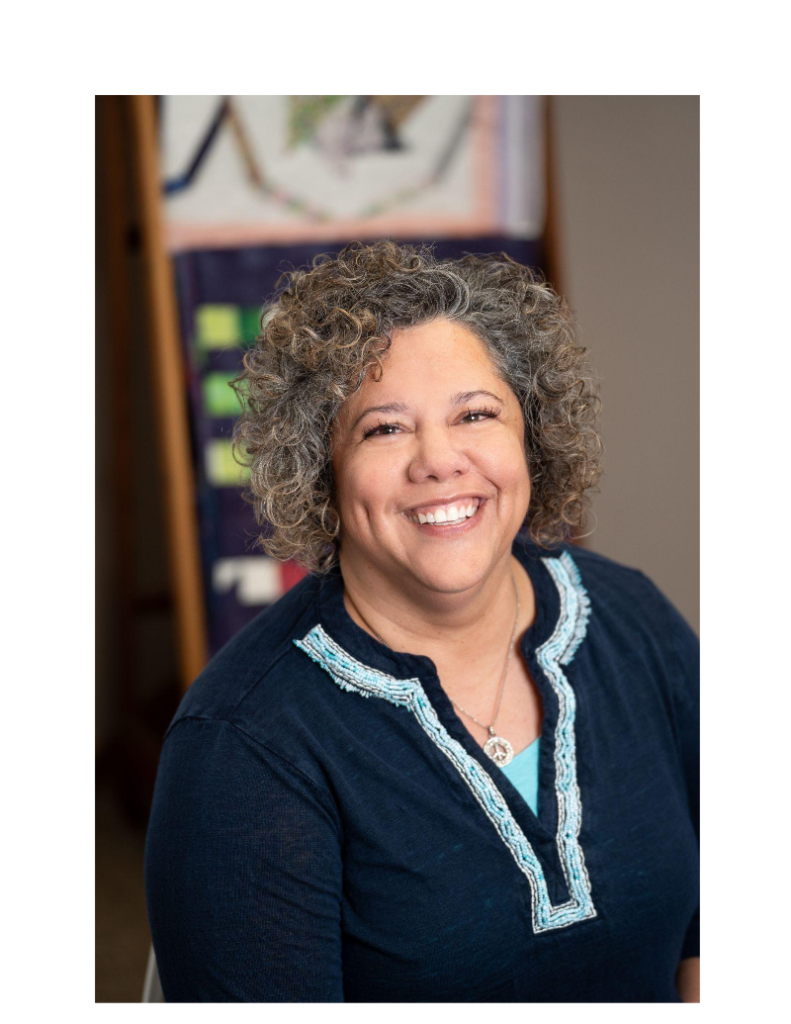Seniors have many options when it comes to deciding where to live in their retirement years.
Health, finances, lifestyle interests and family concerns all figure into that decision.
But those who work with seniors and their families on housing decisions are unanimous on one point – start thinking about future living arrangements before a crisis hits. Those crises can include a fall and a stay in the hospital, a catastrophic illness, or the death of a spouse.
Talking with your family about future living options before you have to have that conversation can be as simple as becoming aware of what resources are available in your community.
“Why aren’t we planning to age?” is the question posed by Rhonda Halterman, founder-owner and senior resource specialist at LivWell Seniors, with offices in the Quad Cities, Iowa City/Cedar Rapids and Des Moines. The organization provides free information and referral services, helping seniors and their families navigate options. LivWell Works also offers employers programs to assist employees who are caregivers as well as pre-planning for those looking ahead at their own options.
“When I started this business (13 years ago), it was to help inspire people to talk ahead of a crisis,” she said. “It’s important for people to know what they want.”
Chad D. Carr, case manager/family caregiver specialist for Milestones Area Agency on Aging, Davenport, meets with seniors and their families who face any number of various situations in the search for living options.
“I’ll tell you, it’s something that you can’t start too early planning for,” he said. “In my experience, a lot of people are reactive when there have been plenty of signs beforehand. Being proactive would benefit everyone in the family. Much like having a will, there should be a late-life living plan.”
Sometimes, a family realizes that their loved one is no longer safe at home, due to stairs or other features that hinder mobility.
Being proactive could mean a couple or individual starting discussions about future housing options years before there is a need to move.
“I have people come in to tour that are maybe five years away, but they say, ‘I want to know what’s out there and get my ducks in a row so that I can start making plans’,” said Heather Stancliff, director of sales & marketing at Friendship Manor in Rock Island. Friendship Manor offers a full suite of care levels, including independent living, assisted living, memory care, skilled nursing and rehabilitation, and long-term care.
Ms. Stancliff said active seniors decide to sell their home and move into an independent living apartment or villa for various reasons.
“Sometimes, people are starting to feel like they want more social interaction, or they want their meals prepared for them,” she said. Issues that come with home ownership such as snow removal, lawncare and maintenance are also becoming burdensome.
Amenities offered by senior communities such as updated living spaces, fitness centers, recreational activities and transportation are a draw.
“A lot of times, people moving into independent living are staying active and healthy longer because they’re getting that socialization, the meals, there is somebody watching out if there’s a concern,” she said.
Other seniors say they want to be able to make the choice of where to live and not leave that to family members.
Emma Anderson, sales counselor at Quartet, a senior living community in Bettendorf, advises people to “just tour all the communities you have an interest in and narrow them down. Keep your kids involved as to what works best for you, what’s your favorite.”
At Friendship Manor, a program called Friendship Connection allows people to experience many of the amenities and programs there for a one-time fee of $250.
“They can come anytime they want and have access to all our amenities like our brand-new fitness center, and they get one free lunch per month in our bistro or dining room,” said Ms. Stancliff. “We have exclusive events for Friendship Connection members. It lets people get acclimated and meet people, and test it out before they’re ready to move.”
Quartet now markets an arrangement called “tailored living.”
Amy Gutknecht, the senior community’s director of sales and marketing, explains that it is “for somebody who is maybe on the border between independent living and assisted living. They’re still in assisted living with staff here around the clock, a button they can push in case of emergency, receiving all of their meals and housekeeping, but they’re not going to get any hands-on personal assistance in the apartment. They won’t have someone managing their medications.”
As the resident’s needs change, they can add additional care to their living situation, she said.
Choosing an assisted living residence most often involves both the prospective resident(s) and adult children, Ms. Halterman said.
“When we get in contact with family members, we want to put the person in need of care in the driver’s seat,” she said.
While some seniors may envision assisted living like the nursing homes of the past, “they don’t realize the luxuries that are out there,” she added.
Attractive apartments featuring furnishings from the resident’s home combined with modern appliances and accessible bathrooms are characteristics of today’s assisted living residences.







